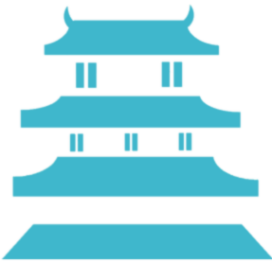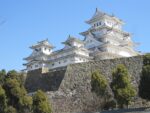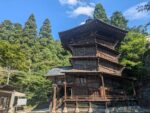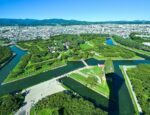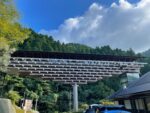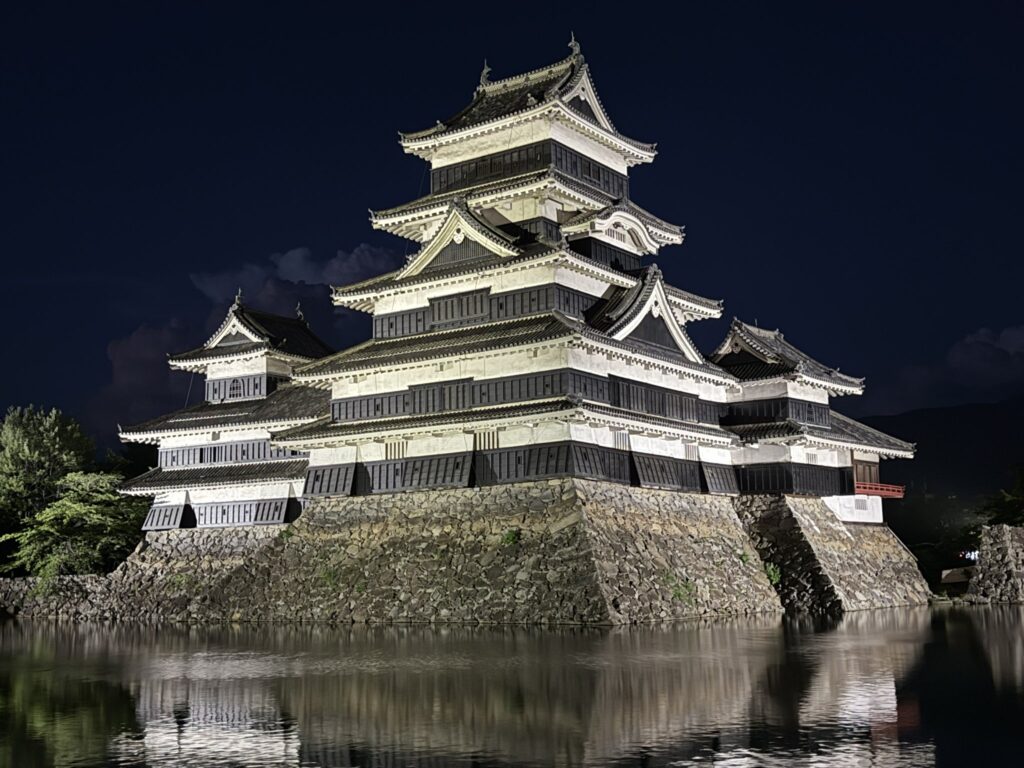
Japan has more than a hundred original castles, but only five are designated as National Treasures by the Japanese government. These castles are recognized for their historical, cultural, and architectural importance. Visiting them offers a rare opportunity to step back in time and experience the legacy of samurai, feudal lords, and traditional Japanese architecture.
Here are the five National Treasure Castles in Japan, with highlights, history, and access information.
🏯 1. Himeji Castle (Hyogo) – “The White Heron Castle”
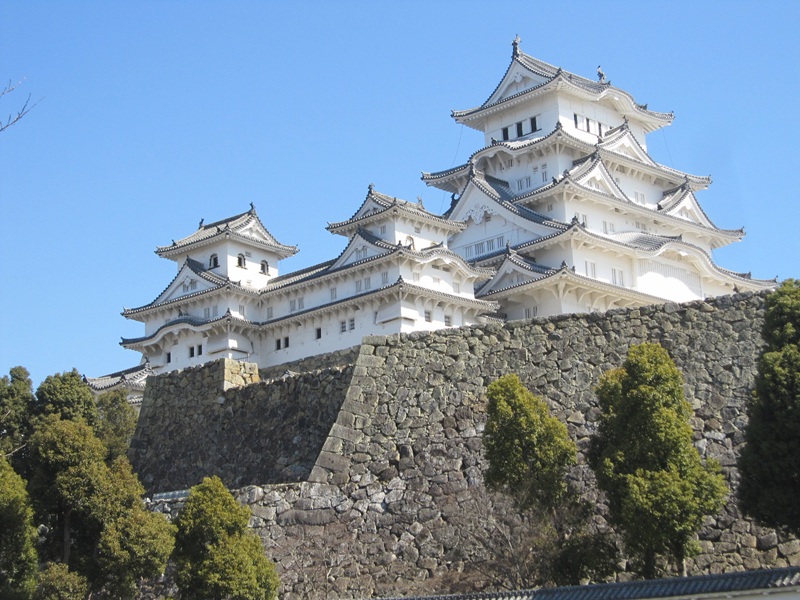
魅力 (Highlights):
Himeji Castle is the most famous and largest surviving castle in Japan, known for its brilliant white walls that resemble a graceful white heron in flight. It is also a UNESCO World Heritage Site and often called the most beautiful castle in Japan.
歴史 (History):
The castle was first built in 1333 and expanded in the early 1600s. Unlike many castles that were destroyed during wars or natural disasters, Himeji has survived intact, making it an invaluable historical landmark.
アクセス (Access):
- 🚄 About 1 hour from Osaka or Kyoto by Shinkansen to Himeji Station.
- 🚶 15 minutes walk from Himeji Station.
🏯 2. Matsumoto Castle (Nagano) – “The Black Crow”

魅力 (Highlights):
Nicknamed “Karasu-jo” (Crow Castle) due to its striking black walls, Matsumoto Castle stands against the backdrop of the Japanese Alps. It is especially stunning during cherry blossom season and in winter when the snow covers its roofs.
歴史 (History):
Construction began in the late 16th century during the Sengoku (Warring States) period. Its unique design includes a rare donjon (main keep) with both defensive and residential features.
アクセス (Access):
- 🚄 About 2.5 hours from Tokyo by JR Azusa Express to Matsumoto Station.
- 🚶 15 minutes walk from Matsumoto Station.
🏯 3. Inuyama Castle (Aichi) – Japan’s Oldest Wooden Castle Keep
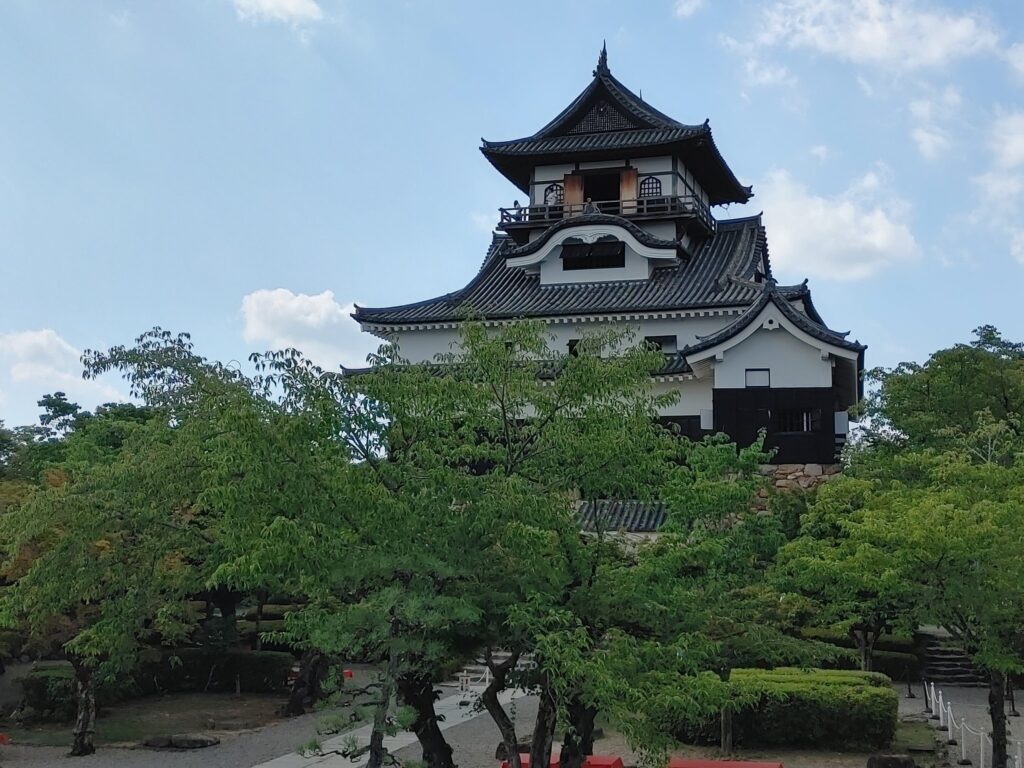
魅力 (Highlights):
Inuyama Castle is one of the oldest surviving wooden castles in Japan, with its original keep dating back to 1537. From the top, visitors can enjoy a panoramic view of the Kiso River and surrounding mountains.
歴史 (History):
Built by Oda Nobuyasu (uncle of the famous warlord Oda Nobunaga), Inuyama Castle is one of the few privately owned castles in Japan. Its simple yet elegant structure shows the early style of Japanese castle architecture.
アクセス (Access):
- 🚃 About 30 minutes from Nagoya by Meitetsu Line to Inuyama Station.
- 🚶 15 minutes walk from the station.
🏯 4. Hikone Castle (Shiga) – A Symbol of the Edo Period
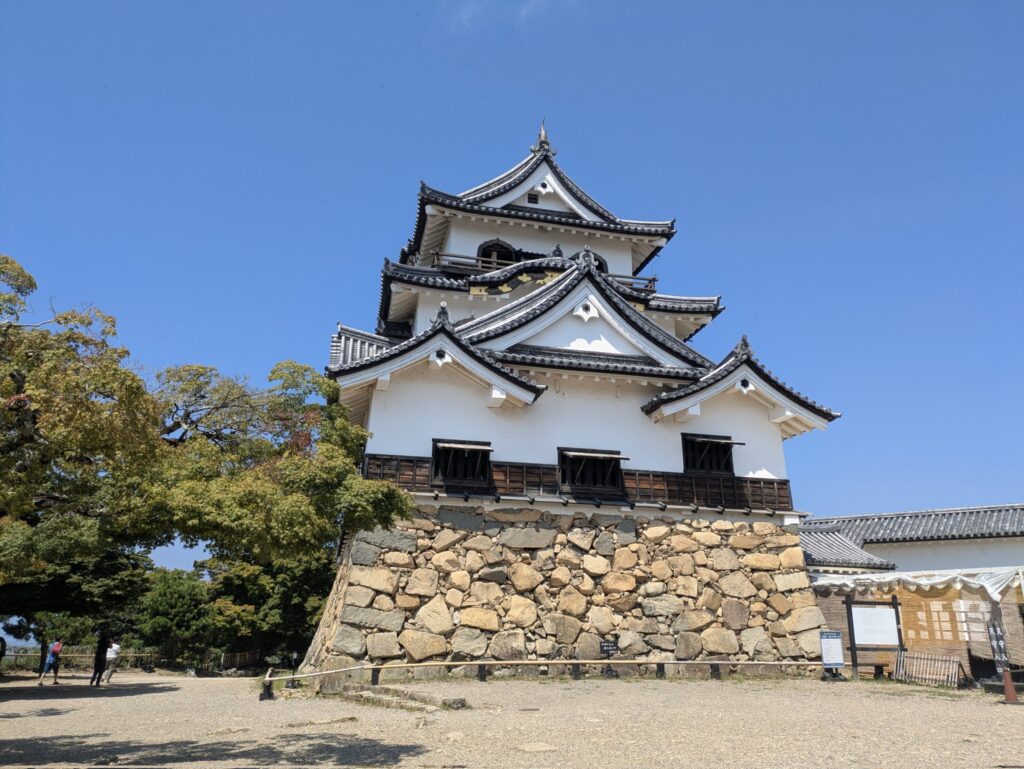
魅力 (Highlights):
Hikone Castle is known for its well-preserved structures and surrounding gardens. The view from the castle tower over Lake Biwa, Japan’s largest lake, is breathtaking. Hikone’s mascot, “Hikonyan,” is also a local favorite among visitors.
歴史 (History):
Built in 1622 by the Ii clan, Hikone Castle was strategically important for controlling transportation routes between Kyoto and Edo (Tokyo). Unlike many castles, it was never destroyed, so its original keep and surrounding structures remain intact.
アクセス (Access):
- 🚄 About 50 minutes from Kyoto by JR Biwako Line to Hikone Station.
- 🚶 20 minutes walk from Hikone Station.
🏯 5. Matsue Castle (Shimane) – “The Black Castle”
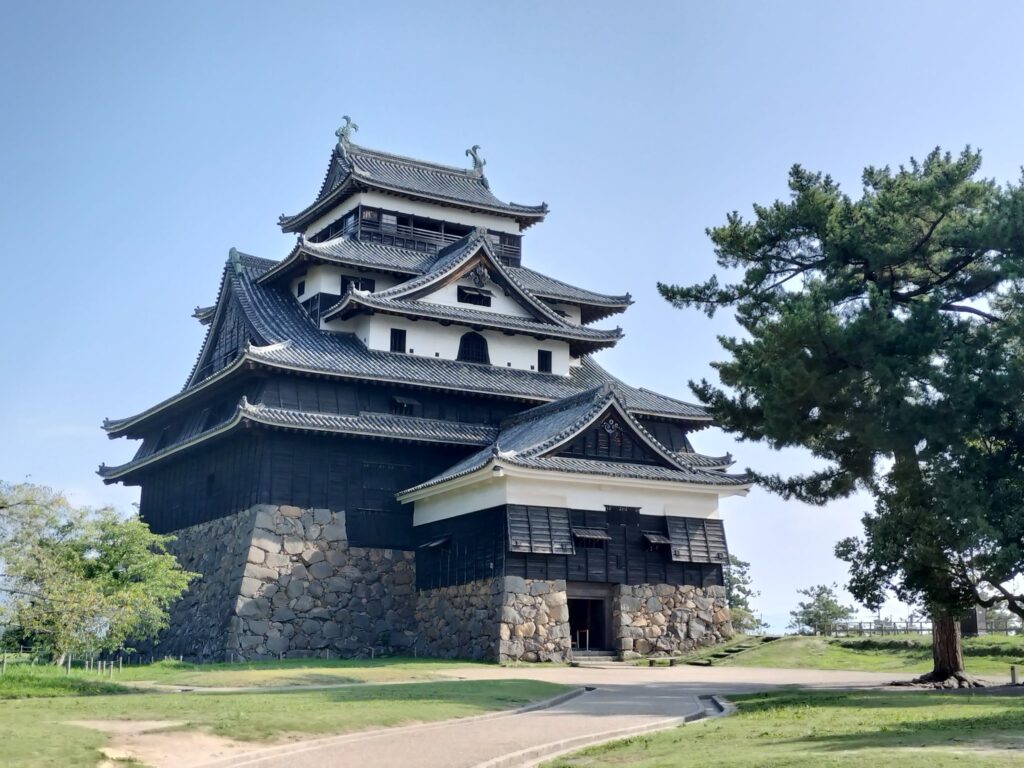
魅力 (Highlights):
Matsue Castle, also known as “Chidori Castle,” is one of the few remaining castles in Japan that still has its original wooden keep. Its black exterior and commanding view over Lake Shinji make it especially atmospheric at sunset.
歴史 (History):
Completed in 1611 by Horio Yoshiharu, the castle played a central role in governing the region. Matsue is sometimes called the “Water City” because of its many canals, giving the castle surroundings a unique charm.
アクセス (Access):
- ✈️ About 1.5 hours flight from Tokyo to Izumo Airport.
- 🚌 30 minutes by bus to Matsue Station, then 10 minutes by bus to Matsue Castle.
🗾 Travel Tips
- All five castles are original structures, not modern reconstructions, making them rare cultural treasures.
- Wear comfortable shoes, as castle stairs are often steep and narrow.
- Visiting in spring (cherry blossoms) or autumn (colorful leaves) offers the most spectacular scenery.
✨ Visiting all five National Treasure Castles is like taking a journey through Japan’s samurai history. Each castle has its own character — from the dazzling white elegance of Himeji to the atmospheric black towers of Matsue. a relaxing stroll through Kokoen Garden and immerse yourself in the beauty of Japanese gardens. Don’t miss the chance to enjoy matcha tea and traditional sweets in the tea house.
Alcoholic beverage Anime April Architecture August Autumn Building Capital Area Cherry blossom February Flower Hokkaido January Japanese food July Kinki kyoto Local ramen Manga March Nagoya Nature Nightlife Night view October Osaka Photogenic Pink Red September Shopping Shrine Souvenir Spring Station Summer Superb view Temple Tips Tohoku Tokai Tokyo Torii White Winter

